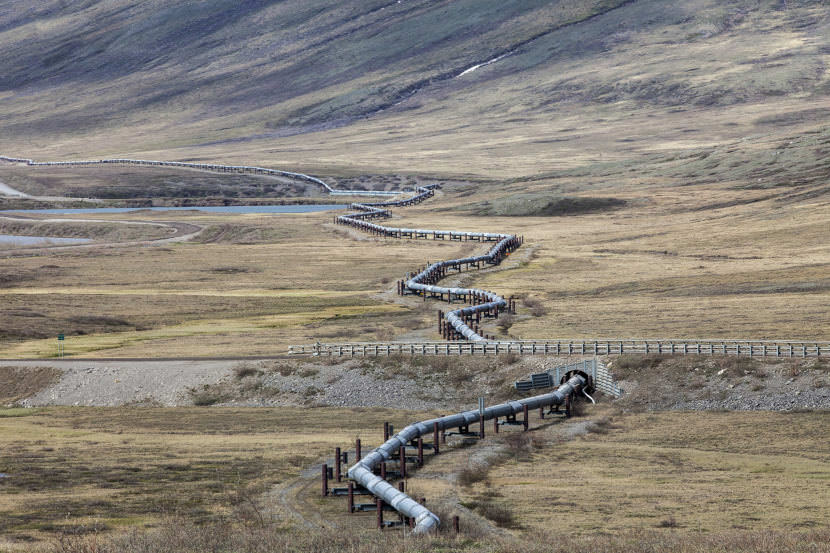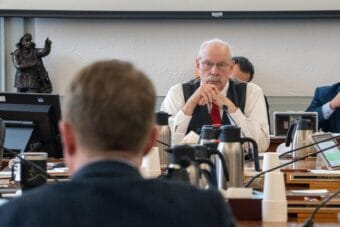
Gov. Mike Dunleavy announced his Carbon Management Bill Package on Thursday.
When introduced to the legislature, the bill will outline new regulations that will help the state break into growing carbon markets. Dunleavy believes it could bring millions or billions in new revenue to the state.
“Alaska is poised, and has a real potential to monetize and capitalize on the discussions regarding carbon,” Dunleavy said in a press conference Thursday.
Carbon dioxide is the most commonly produced greenhouse gas. The market for storing carbon has been growing, with carbon resources increasingly sold and traded in the form of offsets or credits. Companies and other entities can buy or sell them to comply with regulations on greenhouse gas emissions or to meet voluntary emissions goals.
Dunleavy says there’s a lot of potential to expand the market for carbon in Alaska.
“The question of course is what types, what kind, what amount of money Alaska could realize in this process,” he said.
The legislation would give the Alaska Department of Natural Resources the authority to promote two forms of carbon management and sequestration.
Carbon dioxide in the atmosphere is naturally captured and stored by trees, kelp and soil.
It’s also possible to compress carbon and pump it underground — a process sometimes called carbon capture, utilization and storage — or CCUS. Dunleavy hopes to pursue that in the oil and gas basins of the Cook Inlet and North Slope.
Alaska Native regional corporations like Sealaska, Chugach Alaska Corporation, and Ahtna Inc. have been participating in carbon markets for years, by turning sustainably managed forests into carbon credits. Those credits have been bought and sold by companies outside the state, especially in California, where carbon credits are often purchased to comply with the state’s cap-and-trade program.
That’s brought $370 million to Native corporations since 2019, a figure Dunleavy cited as proof of the new bill’s concept.
Dunleavy says the new legislation would not threaten existing industries like oil and gas and logging, which are some of the most significant emitters of greenhouse gasses.
Though the new legislation deals with one of the most important greenhouse gasses, Matthew Jackson, climate program manager with the Southeast Alaska Conservation Council, says it’s not a climate policy.
“It’s more of a financial tool than a climate solution.” Jackson said. “If this is just a new way for the state of Alaska to make money from things that it’s already doing, that’s not necessarily bad, but it has nothing to do with solving the climate crisis.”
The bill will be formally introduced sometime after the legislative session begins on Jan. 17.



